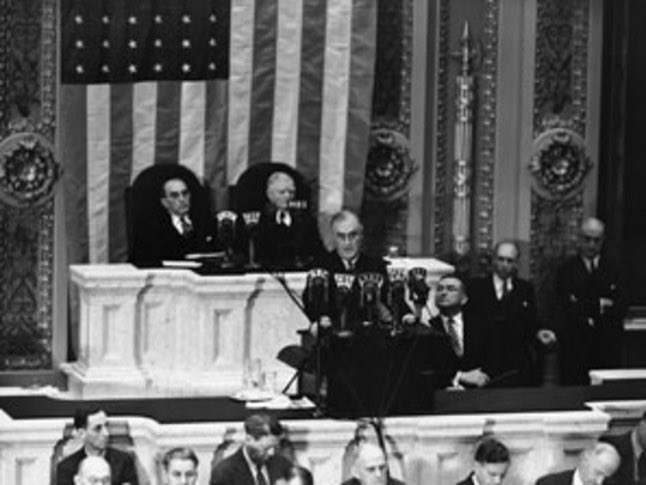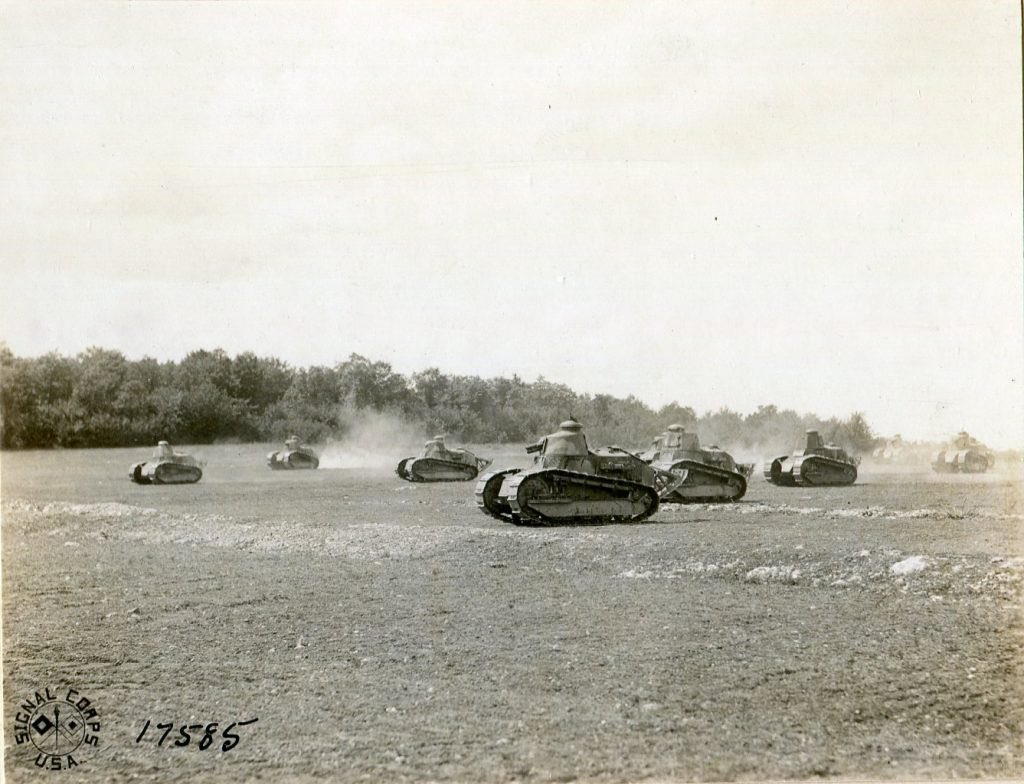Even as late as 1939, Congress (reflecting the sentiment of the general public) did not fully understand that there was a need for new weapons. 

The War Department asked for $646-million for Fiscal Year 1939 and about 30% of that was for non-military expenses like the costs associated with the Panama Canal or for work on harbors and rivers. 







The money for new equipment was about 18.5% of the total requested and even that was high for the time. Meanwhile, Germany was putting the final coat of paint on a massive army supplied with all new equipment, since the Treaty of Versailles had eliminated their old equipment. 







There was resistance and reluctance in the US to approve spending on research and development that could have produced new weapons. It seemed more practical to simply issue new equipment made from old designs. 





Number 4 in that table, for research & development, was $5-million or just over 1% of the military budget and less than 0.8% of the total War Department spending for 1939. At that time, $5-million was about 1/20 the cost of a new battleship and the @USNavy got one that year. 



Our failure to develop new weapons and equipment during peacetime was partly because of the surplus of weapons and equipment remaining from World War I. These items were in good working condition, but for the most part they were obsolete. 

For this same reason, very little was done to develop tanks in the time since 1918, so those tanks we had in 1939 were slow and ineffective compared to the tanks we would eventually have to face. 





At the same time, the Germans were building powerful new vehicles with strong armor that would ultimately facilitate Hitler’s early successes in the war. 



To go with our 1918 tanks, the @USArmy had matching 1918-era anti-tank weapons. And guess what 👀 These wouldn’t do much against enemy tanks in 1940. 







It wasn’t until 1940 that the @USArmy got the 60mm and 81mm mortars to replace the WWI types they had been using up to that point. 



And not until 1941 would the M-1 semiautomatic rifle (Garand) make its way gradually into Army training plans as they were delivered to more and more units. With increased firepower, the Garand replaced the pre-1917 Springfield as the primary Infantry weapon. 

The M-1 Garand was developed by John C. Garand and the @USArmy Ordnance Corps @USAODCorps @ChiefofOrdnance @OrdnanceCSM 



The “Bazooka” was developed by an Army Lieutenant and ultimately proved invaluable. For the first time, an enemy tank was vulnerable to assault by a lone Infantryman. The Bazooka wasn’t issued to troops until later though, while they were deployed to Tunisia. 

When Bazookas were first issued, few soldiers had ever seen the weapon before, let alone heard of or trained on it. 





There was also risk of a shortage of necessary production materials if the war led to blockades that affected the United States. This map shows the route of two German vessels evading the British Northern Patrol, part of the blockade of Germany. 

In 1940, $10-million was approved and then increased to $70-million for building stockpiles of “critical and strategic materials” and even that $70-million would be too low. 

By 1941, the US stockpiles of “critical and strategic materials” for production were minimal compared to what the US would actually need in a war. This led to some later problems in working with synthetics and substitutes throughout the WWII. 



If you're just tuning in or you've missed any of the previous threads, you can find them all saved on this account under ⚡️Moments or with this direct link twitter.com/i/events/13642…
• • •
Missing some Tweet in this thread? You can try to
force a refresh

























